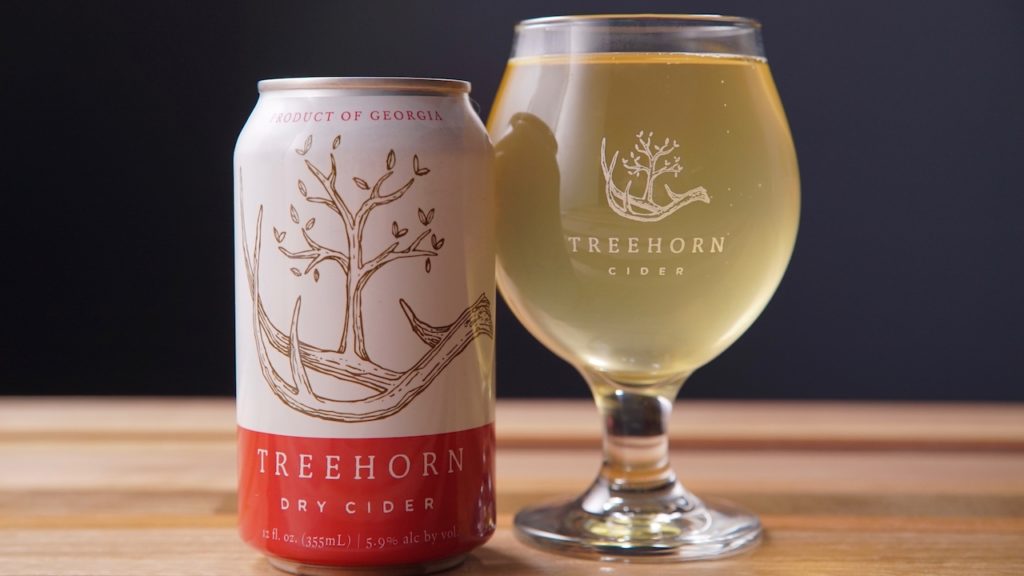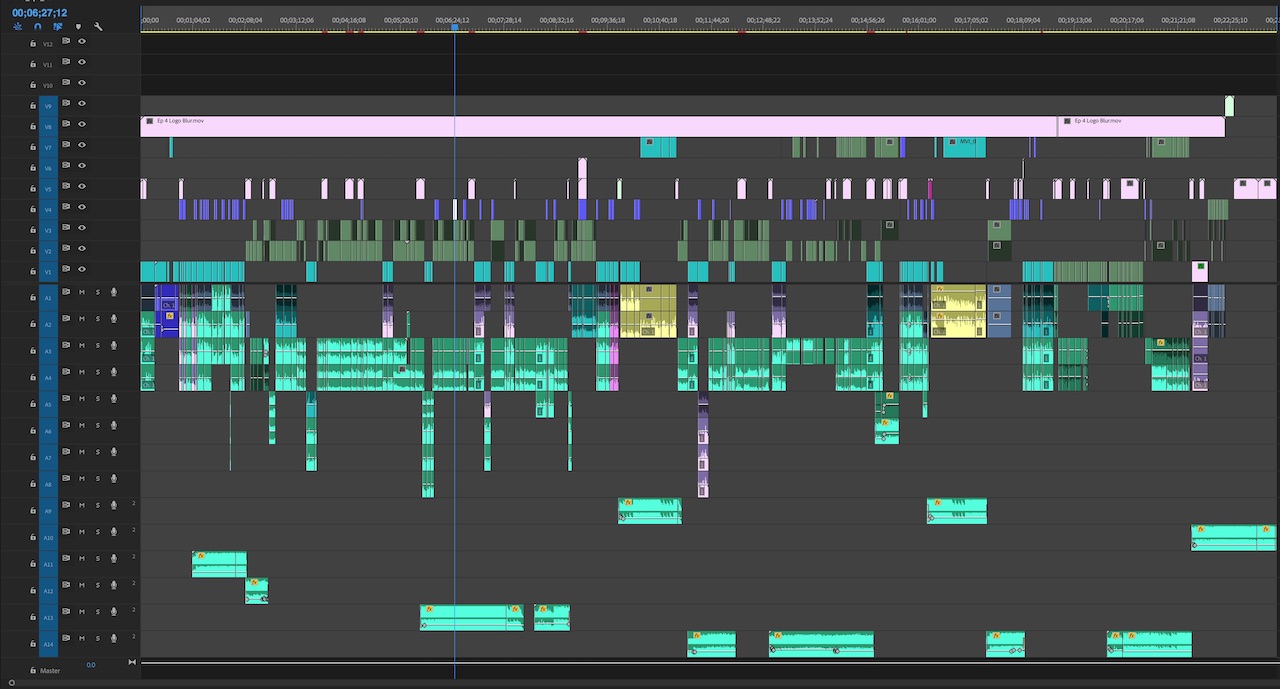
Getting larger scale projects like episodic television shows or a documentary can be really fun. Scrubbing through new footage, discovering those little captured moments, even organizing copious amounts of assets in a new project gets your creative juices pumping.
You make your first cut. It’s great. You love it. Second, still fantastic. Third, okay should be done soon. Fourth, a brand new batch of replacement assets is delivered to you. Fifth, still chugging. Sixth: export glitch. Seventh, this has to be the last time. Eighth, has to go through legal. Ninth, legal hates it. And by the tenth, your project is a mess, your brain is a mess, and your ability to accurately QC a project of this size is flawed, at best.
It’s not uncommon for anyone to lose steam when working on any type of project. But from my editor’s perspective, I can feel my eyes glaze over on V15 of the same documentary as I watch it for quality control purposes.
Quality control is the step between the final video and client delivery. It’s the time to catch all flash frames, export glitches, and audio drop-offs that make us all feel silly when a client points it out.
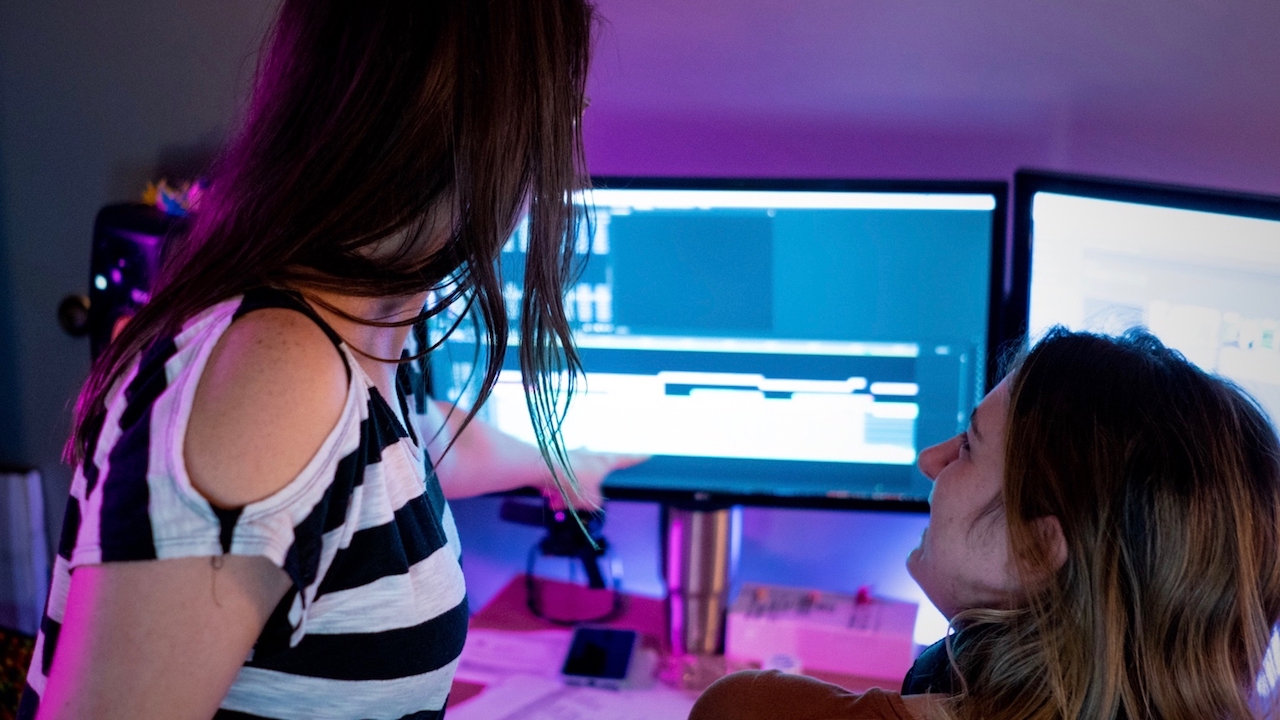
Here at ECG, we are lucky to have a team of skilled editors that gave me what little time they had to QC an 8-part series of 30-minute mini-docs. I knew this daunting task would have to take place after hours, and the content would be exceedingly dense. Something had to be done. My friends were rushing to my aid and I was essentially giving them a checklist. Rules. Rules? A game.
…a drinking game
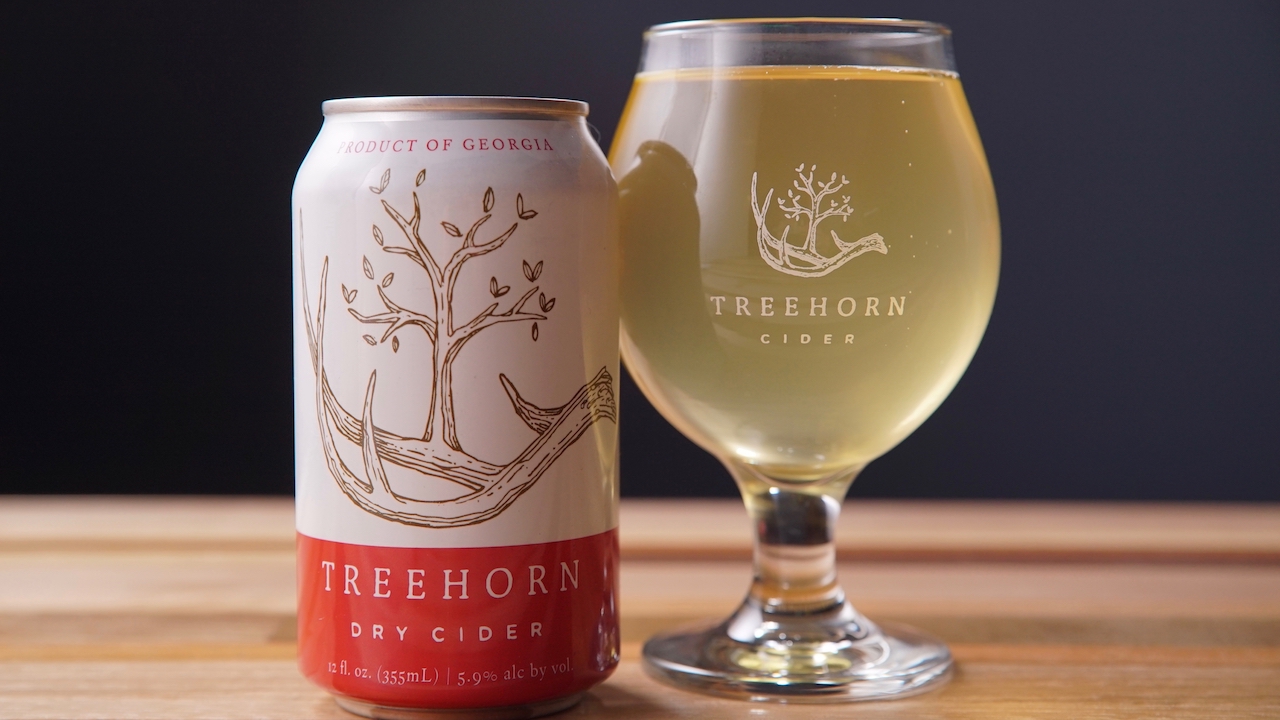
I’ll start by saying, everyone involved in The Great QC Drinking Game was a willing participant, over the age of 21. The alcohol was limited to TreeHorn Cider (no hard liquors) and I tried to make sure they had fun while watching. Now I know what you’re thinking: how do alcohol and QC go together? I, too, was skeptical and even assumed it would most likely fail. But it didn’t. Let me explain how my drinking game was actually efficiently beneficial.
The Low-Down
We use a note leaving website called Wipster which allows you to leave notes on a cut both client-facing and internal. The first step was uploading all the episodes and assigning each editor a corresponding number.
Then, they would watch their episode, leave notes for me, and drink. It helped keep everything organized, thanks to Wipster’s intuitive design. That also meant I had extra eyes on my project, which is always a plus. Where the dranks at?
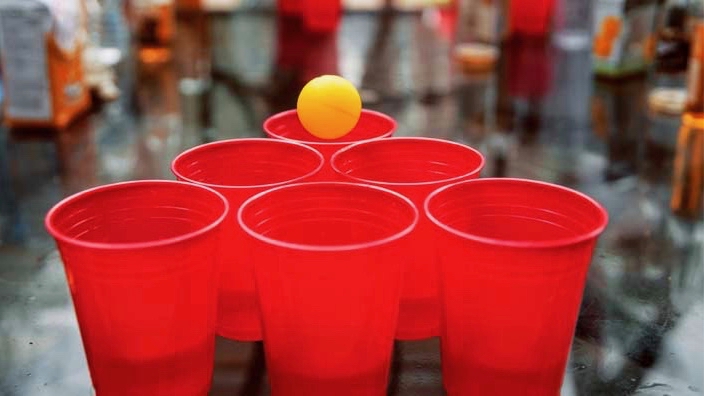
The Rules
Alright, alright so here is the fun part. The basic drinking rules. We had some generic rules, graphical rules, and series specific rules. Every project’s rules will vary, depending on the content. Some of the generic ones that were actually monitoring QC. Whenever these would appear, the editor took a drink and noted the glitch in Wipster:
- Drink when you see any edit glitches (i.e. enabled clips, flash frames).
- Take a drink when you see a full-screen graphic come (each mini-doc had 1).
- Imbibe when you see a false alpha (graphical glitches).
- Drink when you hear audio flubs.
And then I created some fun ones that were pertained to the mini-doc series. You’ll have to create your own here, but these are some more general examples that we came up with:
- Sip when you meet the principal character of that specific episode.
- Drink when the women don’t speak at all in the scene.
- Take a drink when anyone starts a sentence with the word “so.”
- Slurp some drink when anyone says “you don’t understand” (happened a lot in this series).
- Drink when a certain unnamed character would laugh (it was rare).
The Results
Again, this is just a selection of the general rules I created. Customizing the drinking game rules actually got me more creatively invested in the project again. It allowed me to view a new perspective of my edit. It was refreshing. Having the team excited about a QC drinking game also boosted morale on the edit team. We all needed it at the time too.

Working in a creative field can be difficult if you start going through the motions instead of maintaining your flow. It’s important to keep your mental state fresh when tackling larger scale creative projects. I’m not saying you should drink your way through your projects, but having more eyes on a project is always a good call for quality control. So why not make a game out of it?
If you think this tactic could work for you and your team, I’d love to hear about it. Comment below about your experience, or leave any pointers for my next large QC game. Now that you’ve seen what we did, make your own and pass it around to your team.
At your desk, get your headphones on, VIEW!
